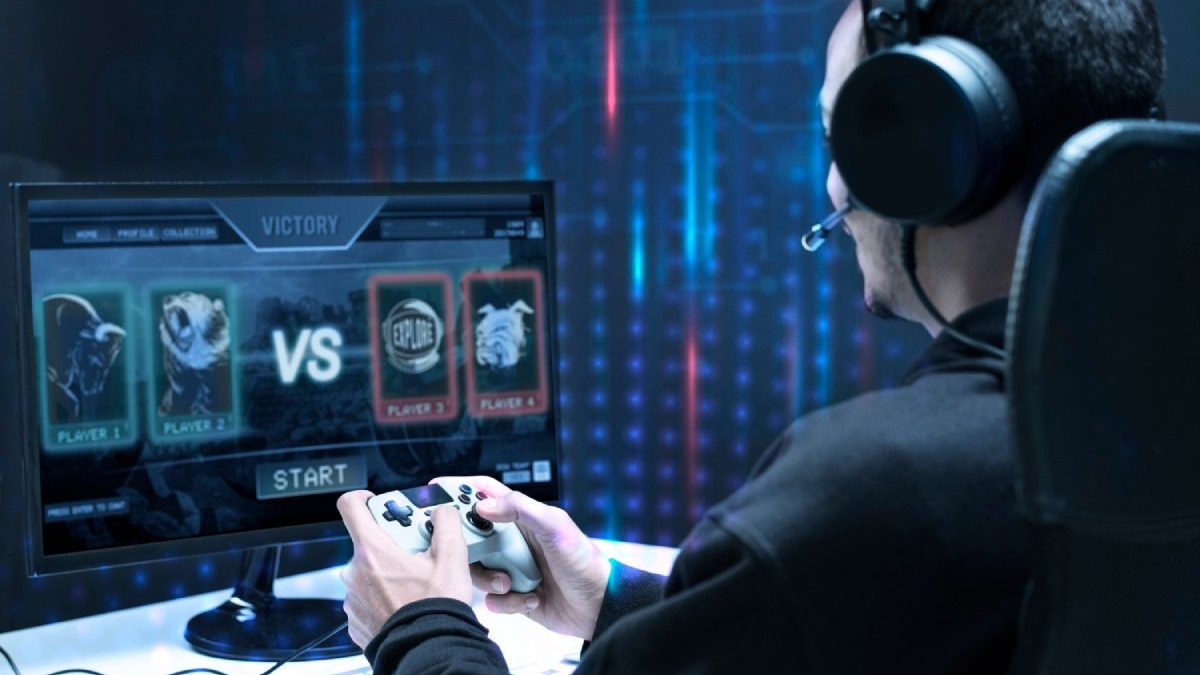The gaming industry is undergoing a revolution—not just in graphics and gameplay, but in how players interact with the games themselves. Gaming interfaces, once static and rigid, are now dynamic, intelligent, and highly responsive to individual needs. From AI-driven personalization to immersive gesture control, these advancements are shaping a smarter, more engaging future for gamers of all types.
Table of Contents
Adaptive UI for Personalized Gameplay
One of the most significant advancements in gaming interfaces is the rise of adaptive user interface (UI) design. Traditional game interfaces offered a one-size-fits-all layout, but today’s smart systems adjust in real time based on player performance, behavior, and preferences.
For instance, new players might be presented with simplified control schemes and guided tutorials, while seasoned gamers see a more complex and customizable interface. This responsive design helps bridge the skill gap, offering each player an experience tailored to their needs. It also improves accessibility for players with disabilities, making gaming a more inclusive space.
Voice and Gesture Controls for Natural Interaction
With advancements in voice recognition and gesture tracking, players can now control games without relying on traditional input devices. Voice-controlled commands, powered by natural language processing, are increasingly being integrated into console and mobile games. They allow players to issue in-game instructions, communicate with teammates, or even control menus using only their voice.
Meanwhile, gesture-based interfaces—first popularized by devices like the Xbox Kinect and PlayStation Camera—are gaining renewed momentum thanks to Virtual Reality (VR) and Augmented Reality (AR) systems. These systems track a player’s movements in real-time, letting them interact with the game environment through physical motion, which adds a new level of immersion and realism.
Touchscreen and Mobile Innovations
Mobile gaming has redefined interface design by focusing on simplicity and accessibility. Touchscreen controls make it easy for users to engage with games through taps, swipes, and gestures. Haptic feedback simulates the sensation of physical interaction, while gyroscopic sensors enable tilt and rotation-based mechanics that are intuitive and responsive.
Modern mobile games are also increasingly powered by AI, which helps optimize interface elements on-the-fly. Features such as automatic screen layout adjustments and adaptive difficulty settings make mobile gaming more personalized and enjoyable. This evolution has brought smart, engaging experiences to casual players around the world.
Cloud Gaming and Seamless Cross-Platform Interfaces
Cloud gaming is another force reshaping game interfaces. Services like Xbox Cloud Gaming and NVIDIA GeForce NOW allow players to stream games directly to their devices, removing the need for powerful hardware. This shift emphasizes interface efficiency, with streamlined menus, instant save-syncing across platforms, and universal controller support.
These smart interfaces are designed for cross-platform use, allowing players to start a game on a console, continue it on a tablet, and complete it on a smartphone. The result is a seamless gaming experience with smarter, faster access to favorite titles—anytime, anywhere.
Smarter Online Casino Interfaces
Smart interface design is also revolutionizing the online gambling space. Websites like www.wolfwinner.fun exemplify how user-centric design can elevate digital casino experiences. These platforms prioritize responsive layouts, intuitive navigation, and immersive graphics to enhance the overall gaming experience. Secure login systems, instant payment processing, and real-time game interaction are now standard, ensuring a smarter and more engaging environment for online players.
Whether accessing games via desktop or mobile, users enjoy a smooth, hassle-free experience that mirrors the sophistication of top-tier video games.
AI Game Assistants and In-Game Coaching
Artificial Intelligence is also being used to create real-time game assistants. These tools analyze a player’s actions and provide live feedback—offering strategic advice, performance insights, or even adaptive tutorials based on mistakes and successes. For competitive players, AI coaches can break down matches, highlight areas for improvement, and recommend effective strategies.
This smart support system not only helps players improve but also keeps them engaged by reducing frustration and accelerating their learning curve.
The Future of Smart Play
Gaming interfaces are no longer just functional—they’re intelligent, adaptive, and deeply connected to player behavior. The fusion of AI, gesture control, mobile optimization, and cloud platforms is leading to smarter, more enjoyable play experiences.

